Understanding Mobile Eprescription
Definition of Mobile Eprescription
Mobile ePrescriptions represent a cutting-edge approach to the traditional prescription process, integrating advanced technology into the realm of healthcare. This system allows healthcare providers to issue prescriptions electronically through mobile devices, ensuring secure, accurate, and swift transmission to pharmacies and patients alike. By leveraging mobile technology, these systems streamline the prescription process, enhancing the overall efficiency of healthcare delivery.
How It Works
Mobile ePrescriptions operate within a framework that connects healthcare practitioners, pharmacies, and patients. Using a dedicated application or software platform, healthcare providers can create, manage, and send prescriptions directly to a patient’s chosen pharmacy. The process typically involves the following steps:
- A clinician enters a patient’s prescription details using a mobile application.
- The prescription is securely transmitted to the pharmacy utilizing encrypted communication channels.
- Patients receive notifications regarding their prescriptions, allowing for seamless pick-up or delivery options.
This streamlined process not only accelerates the medication dispensing cycle but also enhances the security and traceability of prescriptions. The efficacy and transparency afforded by mobile ePrescriptions are reshaping the landscape of patient care.
Importance in Modern Healthcare
The integration of mobile ePrescriptions into modern healthcare is pivotal. With the rise of digital health solutions, patients now demand more agile and accessible healthcare options. Mobile ePrescriptions provide a means to meet these demands, addressing several key areas:
- Enhancing patient convenience and satisfaction
- Reducing prescription errors and miscommunications
- Improving adherence to medication regimens
As healthcare becomes increasingly data-driven, the importance of efficient, secure, and effective communication between all stakeholders in the healthcare ecosystem cannot be overstated. The benefits of mobile eprescription are substantial, paving the way for transformative change in the way patients access their medications.
Benefits of Mobile Eprescription for Patients
Improved Accessibility of Prescriptions
Accessibility is a fundamental aspect of healthcare, and mobile ePrescriptions significantly improve this area. By allowing patients to receive prescriptions electronically, geographical barriers and time constraints are mitigated. Patients no longer need to physically visit their physician for prescription refills or adjustments, making the healthcare experience more convenient and timely. This increased accessibility can lead to better adherence to prescribed treatment regimes, ultimately improving health outcomes.
Faster Prescription Fulfillment
Fast and efficient service is paramount in today’s fast-paced healthcare environment. Mobile ePrescriptions enable faster prescription fulfillment by eliminating the alternatives that often cause delays, such as handwriting misinterpretations or paperwork errors. By digitally submitting prescriptions directly to pharmacies, healthcare providers can reduce wait times for patients, allowing for quicker access to necessary medications.
Reduction of Errors and Miscommunications
Errors stemming from miscommunications can lead to dire consequences in patient care. Mobile ePrescriptions reduce these errors by standardizing the prescription format, minimizing the risks associated with illegible handwriting or verbal miscommunication. The electronic format allows for better clarity and eliminates ambiguity, ensuring that patients receive precisely what they need as prescribed. This enhanced accuracy builds trust in the healthcare system and promotes better therapeutic outcomes.
Benefits of Mobile Eprescription for Healthcare Providers
Streamlined Workflow Efficiency
For healthcare providers, mobile ePrescriptions significantly streamline workflow processes. By digitizing the prescription pathway, healthcare professionals can manage patient data and medications more efficiently. This streamlined approach reduces time spent on administrative tasks, allowing healthcare professionals to focus more on patient care rather than paperwork.
Enhanced Patient Engagement and Satisfaction
Mobile ePrescriptions facilitate greater engagement between patients and providers. When patients can easily access their prescriptions via mobile devices, it encourages proactive communication regarding their health. Enhanced engagement supports positive patient experiences, leading to higher satisfaction rates and potentially better clinical outcomes.
Reduction of Administrative Burden
Administrative burdens can be overwhelming in healthcare settings due to the sheer volume of paperwork and manual processes involved. Mobile ePrescriptions address this challenge by automating significant portions of the prescription process. Automation reduces the likelihood of human error and free up administrative staff to concentrate on other essential aspects of patient care.
Implementing Mobile Eprescription Systems
Choosing the Right Technology
Implementing a mobile ePrescription system begins with choosing the right technology. Healthcare organizations must evaluate various software providers to identify the platform that best aligns with their operational needs. Key factors to consider include interoperability with existing systems, usability, security features, and support services. Ensuring that the technology integrates seamlessly with existing electronic health records (EHR) is crucial for maximizing efficiency.
Training Healthcare Staff
Successful implementation of mobile ePrescriptions relies heavily on adequate training for healthcare staff. It’s important to conduct in-depth training sessions explaining the new system’s functionalities, operations, and best practices. Staff should feel comfortable navigating the technology to leverage its full potential effectively. Regular workshops and refresher courses can reinforce learned skills and keep staff aware of updates or new features.
Integrating with Existing Systems
Integration with existing healthcare systems is critical for ensuring continuity of care. Mobile ePrescription systems should seamlessly connect with current EHR systems to provide holistic patient views. This integration allows for the real-time updating of patient records, ensuring that all relevant healthcare providers have access to accurate and up-to-date information. Coordination across various platforms enhances patient safety and treatment efficacy.
Evaluating the Impact of Mobile Eprescription
Measuring Patient Outcomes
Measuring patient outcomes is essential for determining the efficacy of mobile ePrescription systems. Healthcare providers can track metrics such as medication adherence, patient satisfaction, and reduction in prescription errors to evaluate the system’s impact. Using patient feedback surveys and health metrics allows organizations to gain a comprehensive understanding of how mobile ePrescriptions improve patient care.
Feedback from Healthcare Providers
In addition to assessing patient outcomes, feedback from healthcare providers is vital in evaluating mobile ePrescription systems. Gathering insights from frontline staff about their experiences with the technology can identify areas for improvement. Regular check-ins and discussions about the system’s efficiency can lead to enhanced workflows and better resource allocation.
Future Trends in Eprescription Technology
The future of ePrescription technology is poised for innovation. Emerging trends may include enhanced AI-driven functionalities for personalized medicine, improved patient engagement through mobile health applications, and expanded interoperability across systems. As healthcare technology continues to evolve, mobile ePrescriptions will transform the prescription landscape further, offering solutions tailored to the unique needs of each patient.
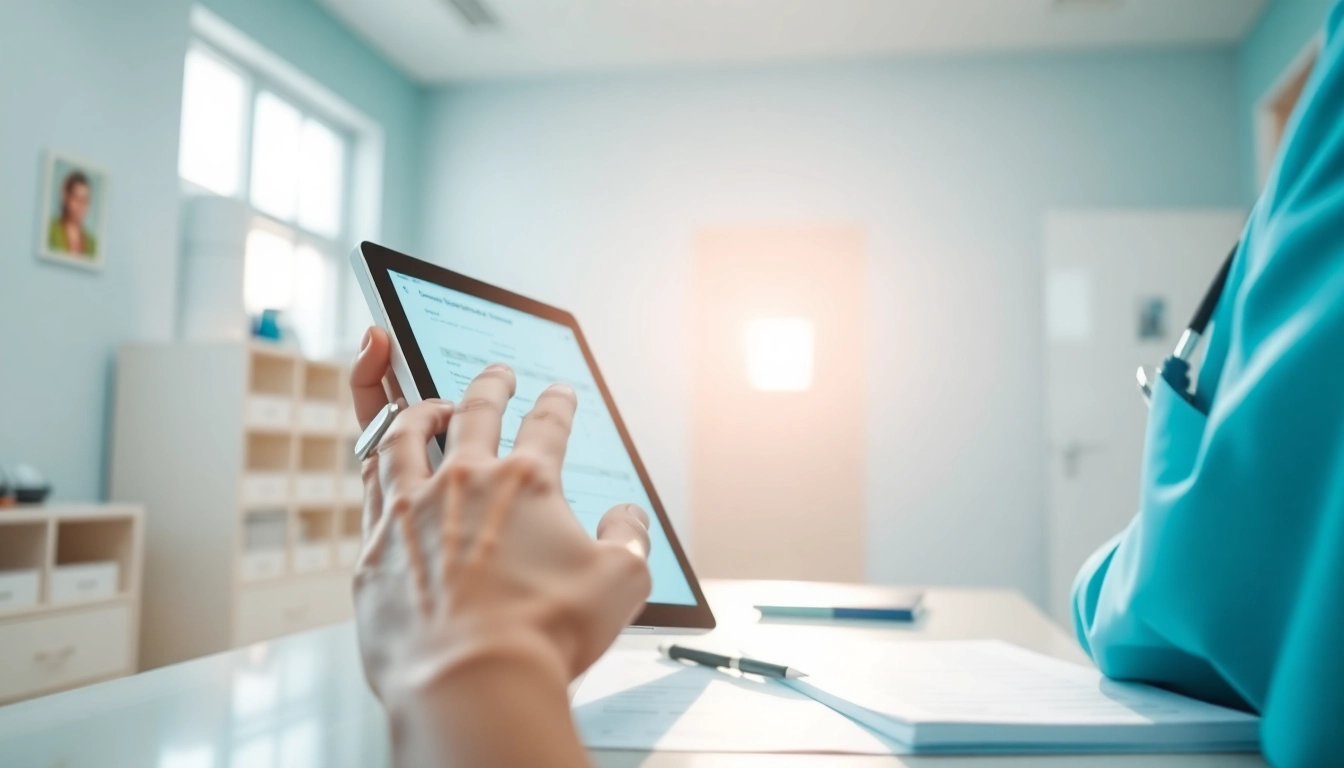
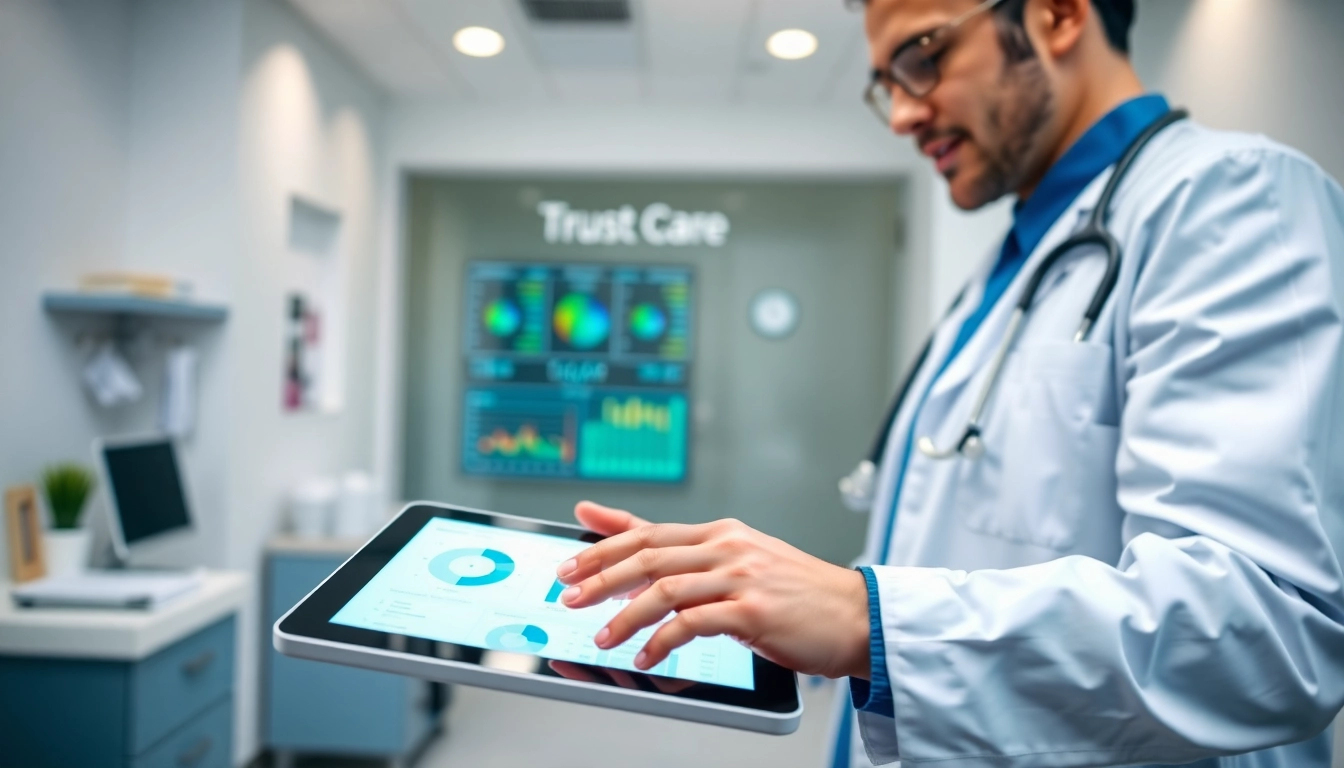




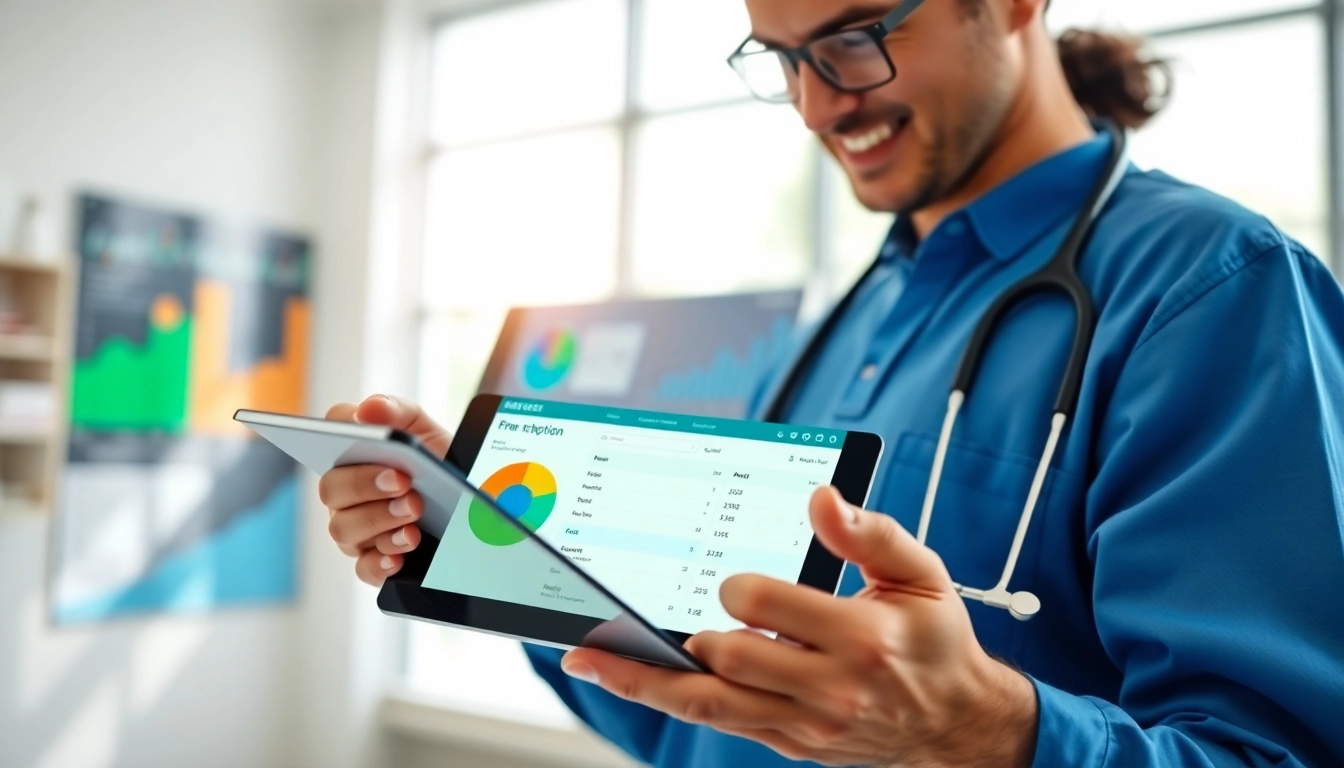


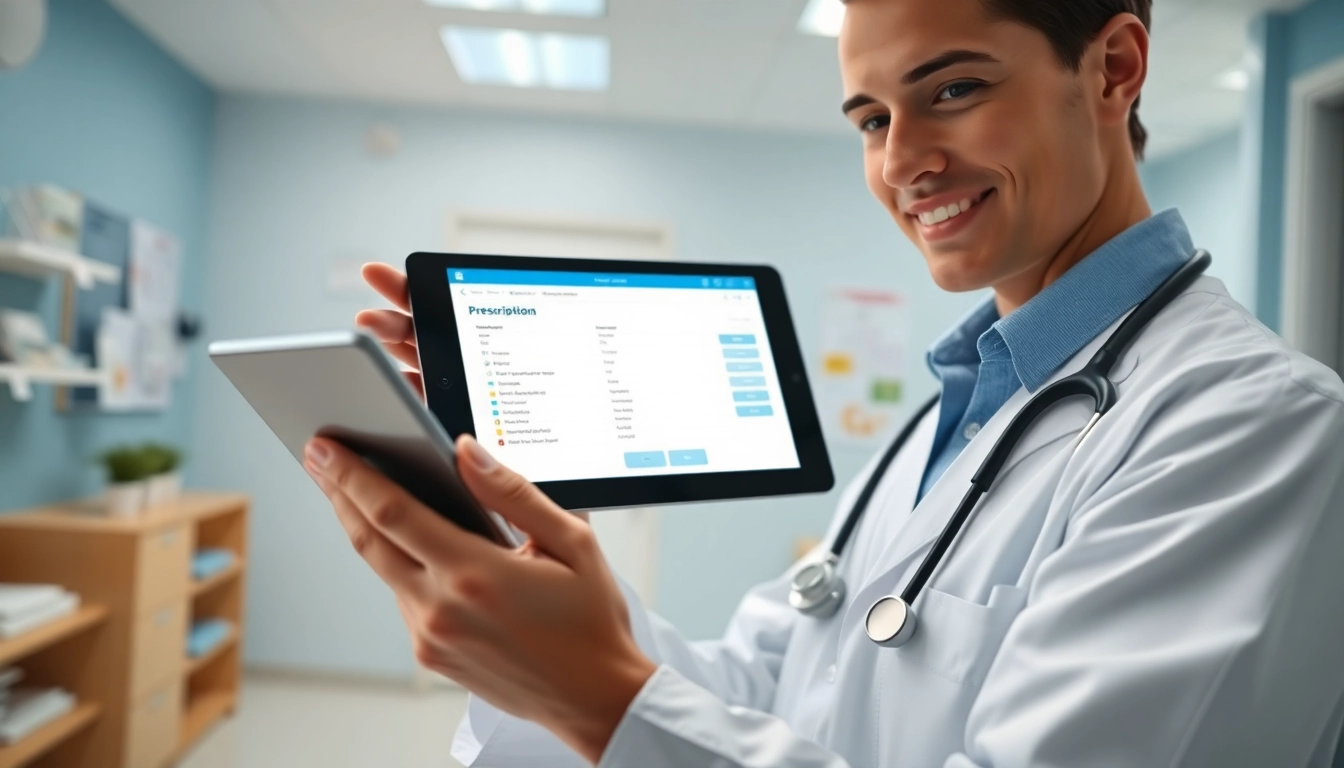
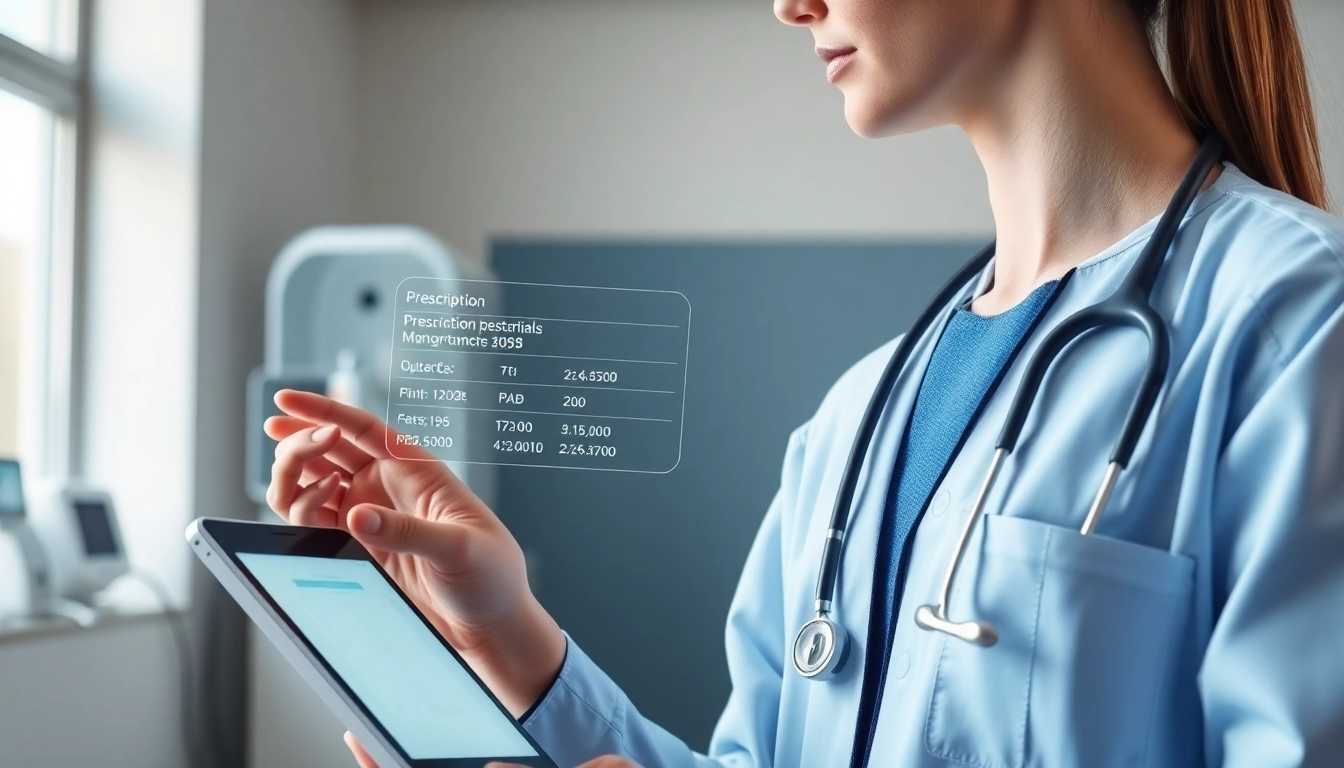



Leave a Reply